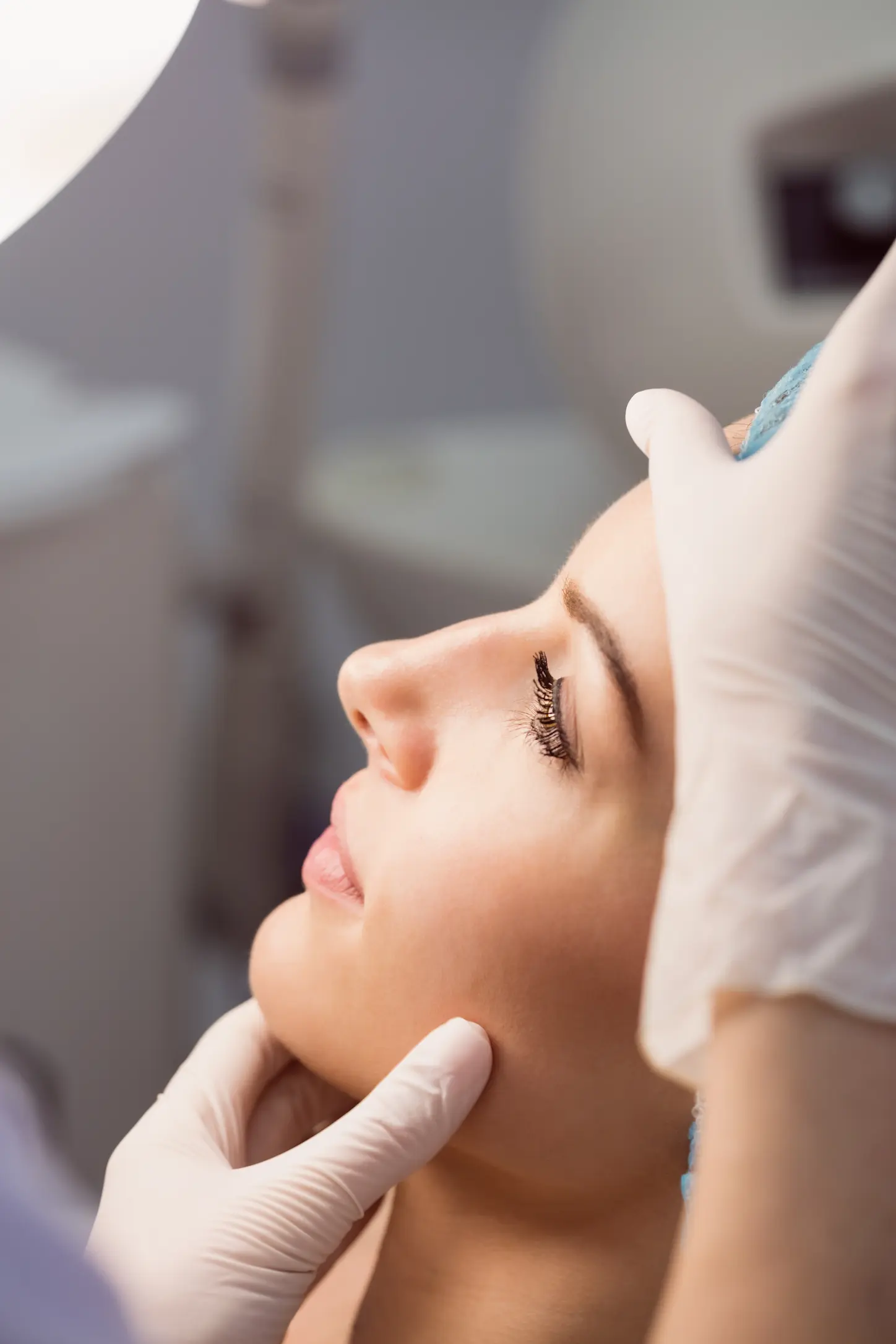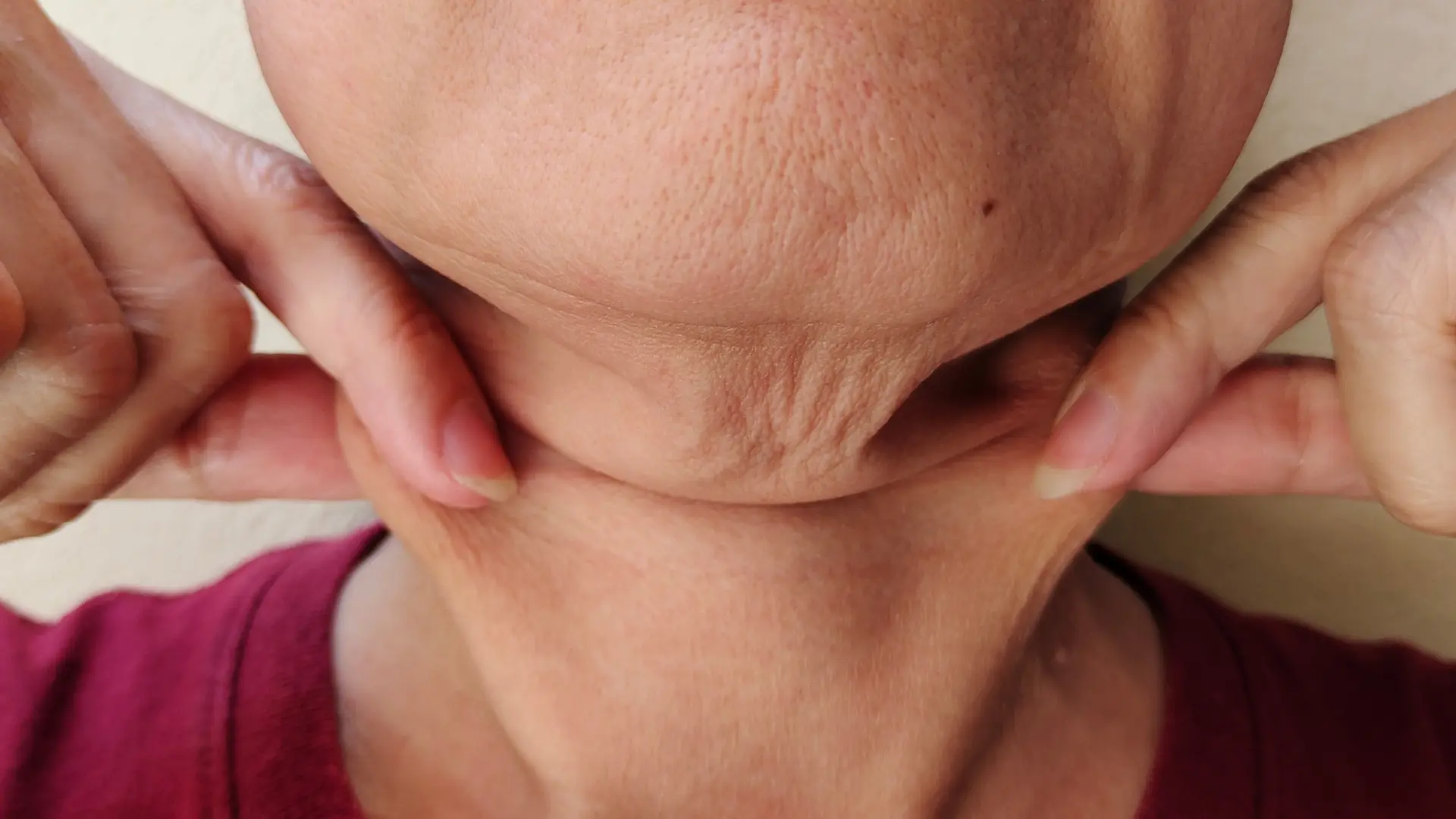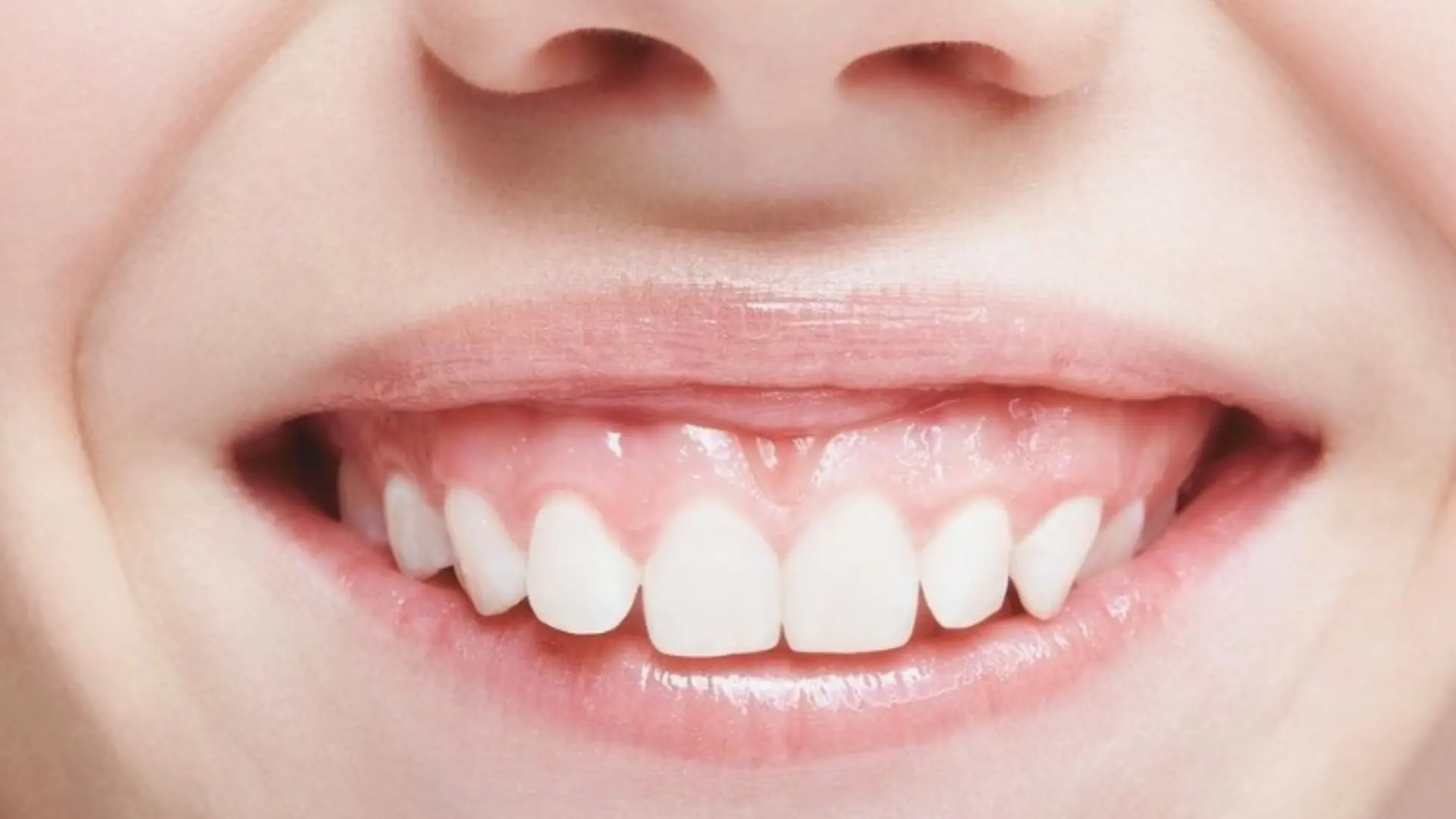Sometimes we yearn for a small touch that will transform our life. When this desire arises, rhinoplasty is one of the first operations utilized. Our nose is located in the center of our face and has a significant impact on the appearance of our other features. As a result, it is not an exaggeration to claim that our nose is the key to achieving perfect harmony on our face. So, if you want to enhance your beauty, rhinoplasty being the first thing that comes to mind is not a surprise.
We also recognize that sometimes this process can seem daunting to some patients. When we do not know something or find its possibility remote, we may approach that thing with hesitation. However, there is no need for this to be the case, because with the constantly developing technology and health services, the post-rhinoplasty process is now straightforward! Let’s learn the details of the rhinoplasty recovery period, keep reading!
Rhinoplasty Journey Explained
Beginning a rhinoplasty journey entails a careful process that begins with research to identify a reliable surgeon and understand the procedure’s pros and cons. The initial consultation with a specialist surgeon is very important, as it evaluates facial features and discusses goals and expectations. A preoperative evaluation follows, which includes a review of the patient’s medical history as well as a thorough examination of the nose. Surgical planning is a team effort, with the surgeon developing a customized strategy and outlining methods. On the day of surgery, bone, cartilage, and tissues are reshaped, followed by swelling and bruising.
Postoperative care entails following instructions and monitoring healing. Long-term follow-ups evaluate final outcomes and patient satisfaction, with an emphasis on open communication throughout. For a successful and pleasant outcome, the rhinoplasty journey necessitates careful research, realistic expectations, and teamwork with a knowledgeable surgeon.

Rhinoplasty Recovery: From Day 1 to Day 100
Day 1-7: Immediate Postoperative Period
The initial days after rhinoplasty are marked by swelling, bruising, and the use of nasal packing or splints. It is quite normal to feel pain and swelling at this stage. Limiting physical activities and getting plenty of rest will facilitate the healing process.
Day 8-14: Early Recovery
Some of the swelling and bruising began to fade during the second week. During a follow-up session, the surgeon may remove nasal packing or splints. Patients may still have swelling and some pain, and they are recommended to limit their physical activities.
Week 3-4: Subsiding Swelling and Resuming Normal Activities
Patients may begin to experience preliminary results as swelling continues to reduce. While some residual edema remains, most patients are able to resume their normal daily activities. Restricting activities that may cause nasal trauma is also recommended at this stage. It is important to continue your follow-up consultations with your doctor if necessary.
Week 6-8: Continued Improvement
During this time, your nose retains its shape. Edema is greatly reduced and bruising is completely gone. You can resume your normal activities, although it is advised that you avoid movements that create pressure on the nose.
Month 3-6: Finalizing Results
At three months, the nose has settled into its final shape, with little residual swelling. Breathing improvements become more obvious if part of the procedure. There will be follow-up appointments to examine the final results and handle any problems.
Doctor Tips For Rhinoplasty Recovery
Since rhinoplasty surgery is a personal process, its effect on you may vary. However, the constant factor is the sensitivity you must show regarding your surgeon’s instructions.
The post-operative period is a time that should be taken into consideration for your mental and physical well-being. Prioritize relaxation and elevating your head to decrease swelling in the initial postoperative period. To ensure optimal healing, take all prescribed pain medications and attend all follow-up appointments. To prevent infections, keep the nasal area clean as directed by the surgeon. During the first several weeks, avoid intense activities and adhere to any movement or exercise restrictions. For swelling and bruising, you can use cold compresses as indicated.
Also, maintaining a balanced diet and staying hydrated is vital for overall healing. If nasal packing or splints are used, use them with care and keep an eye out for any signs of problems. And if there is anything that concerns you, contact your doctor immediately.
Recovery After a Nose Job: Made Easier Than Ever
The process of recovering after nose surgery has become a lot easier as technology has advanced. Techniques for reducing postoperative bruising and edema have been developed, and nose-shaping methods have become more diverse. As a result, the nose surgery procedure is no longer frightening, and having the nose of your dreams has been mentally easier. When directives are followed, the healing process is substantially hastened. Furthermore, thanks to drugs, it is possible to get through this phase with as little pain and suffering as possible. In addition, there are practices that you can do at home, with your doctor’s advice, to reduce your pain and reduce your edema. Options such as a light facial massage or cold compress may be perfect to relax the patient.
Rhinoplasty with MD. Burak Sercan Erçin
We discussed how rhinoplasty may change your life. When making such an important decision, it is reasonable to want to know that the doctor we will be working with is a skilled and dependable professional. With his experience in the field and the miraculous transformations he has brought about, MD. Burak Sercan is a surgeon you can rely on without reservation. You can reach out to us at any moment for further information. Call us and let’s work together to create the best version of yourself!
Rhinoplasty Recovery FAQ:
How painful is rhinoplasty recovery?
Although rhinoplasty recovery can be painful, it is usually managed with prescribed drugs. Individual pain thresholds differ.
What’s the worst day of rhinoplasty recovery?
Because of swelling, bruising, and initial discomfort, the first few days after rhinoplasty are sometimes regarded as the most difficult.
How long should you rest after rhinoplasty?
Individual recovery timeframes may vary, but patients are generally advised to relax and avoid heavy activity for at least a week after rhinoplasty.
Is rhinoplasty a hard recovery?
Rhinoplasty recovery can be painful, with swelling and bruising, but this varies from person to person. Overall, with adequate treatment and pain control, it is tolerable.
What are the hardest days after rhinoplasty?
Because of swelling, bruising, and discomfort, the first 2-3 days after rhinoplasty are sometimes regarded as the most difficult.











